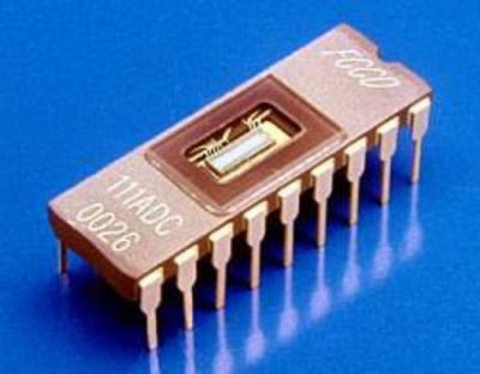ESPRIT
ESPRIT (Engineering/Scientific Project for Research and International Teamwork / Environmental Sensing Payload Researching Innovative Technologies) is an international student project, conducted as a cooperation between Pennsylvania State University (USA) and the University of Bergen, the University of Oslo and Narvik University College (Norway).
The scientific aim of ESPRIT is to conduct in situ measurements in the mesosphere. The student experiments was taken to a height of 170 km on board a 2 stage Terrier-Improved Orion rocket provided by National Aeronautics and Space Administration (NASA), USA. Andøya Rocket Range (ARR) provided launch facilities and accommodation for all the team members and NSRAC staff present at the campaign that lasted from 16th of June to 7th of July, 2006. The ESPRIT rocket launched the 1st of July at 06:39 UT and preliminary analysis show that all instruments functioned satisfactory during the flight.
See more in this PowerPoint presentation.
Scientific paper on the project.
Sun-Horizon Sensor
One of the main problems when launching sounding rockets to the near Earth space is to find the orientation of the sounding instruments. By knowing two points or the contours in space one can decide the orientation. These two points and contours can be the sun and the horizon. The detector is made of Fairchild Imaging and a CCD 111 (Charge Couple Device) chip.

The chip consists of 256 light sensitive elements which are being charged when exposed to light. These elements are organized in a one-dimensional array and can be seen in the image above as a bright grey array. These chips are normally used in copying-machines and similar optical readout systems. The location of the detector in the payload is shown in the image below. The detector is placed on top of the payload, under the nose cone. This location is the most practical one as it gives the detector a free field of view. The nose cone covering the top of the payload is being removed after the engine is burned out at a height of about 60 km.
X-Ray Camera
In order to map the spatial distribution of the energetic electrons in wide regions around the rocket we will fly a simple pinhole camera with an array of X-ray detectors. This camera will detect the X-ray aurora, which is bremsstrahlung emitted when energetic electrons are stopped in the upper atmosphere. From the X-ray measurements we will derive the spectrum and the spatial distribution of the energetic electron precipitation. We also want to compare with ground-based measurements e.g. from the imaging riometer which is now being established at Andøya, and from EISCAT if available.
Bergen Team
Scientists
Kjell Brønstad, Assoc. Professor
Johan Stadsnes, Professor
Technical Support
Sven Njaastad, Senior Engineer
Arne O. Solberg, Senior Engineer
Master’s Students
Torgeir Bjørndal
Anders Helland
Links
Andøya Rocket Range
University of Oslo
University of Tromsø
Pennsylvania State University




